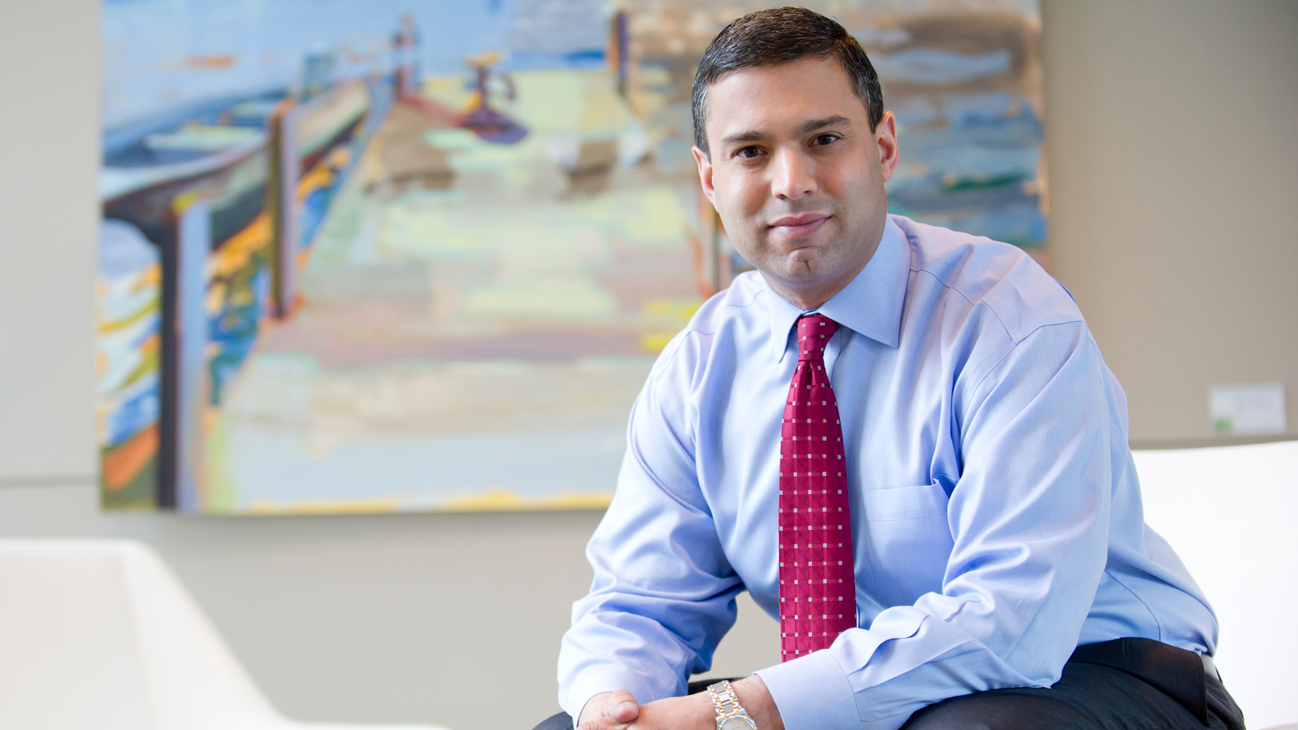Boom-bust cycles. They’re occurring more frequently than ever. The most notorious ones impact financial markets, but they also impact nations, healthcare, food, energy, education, technology and many other areas as well. Vikram Mansharamani, the bestselling author of Boombustology, is expert at helping audiences recognize and manage the risk of “bubble trouble.” He steps back from complex market dynamics and uses a multiple-lens framework to look at disparate data to provide actionable insights and indispensable information. In this article for PBS, Vikram examines the consequences of a failure of the electricity grid:
We live in a scary world, where cyberattacks and shootings compete for headlines with pandemics and climate change. The threat landscape is, to put it bluntly, very crowded. Amid this clamor, there’s one danger that warrants more attention, as it could shake the very foundations of society.
I’m talking about an electromagnetic pulse (or EMP) attack, one that could bring down the electrical grid and cause communication, health care, transportation and other systems to fail. In the worst-case scenario, modern society would abruptly lose the benefit of more than a century of technological progress.
How could this happen? Nuclear explosions cause immediate destruction by releasing an enormous shock wave and burst of heat. When occurring at high altitudes, they also create a large pulse of electromagnetic radiation. The EMP generates a massive spike in voltage that can bring down electrical grids and damage electronic devices and systems.
In a 1962 nuclear test, known as “Starfish Prime,” the United States detonated a nuclear bomb 250 miles above the Pacific Ocean. The explosion generated a dazzling sight, with hotelshosting “Rainbow Bomb Parties” for onlookers. The resulting EMP disabledsatellites and even disrupted telephones and streetlights in Hawaii. Military strategists soon realized attackers could leverage this effect to disable a nation’s infrastructure.
What would the aftermath of such an EMP attack look like? It’s not pretty. The bestselling 2009 science fiction novel, “One Second After,” describes one grim possibility. Because electronic systems fail, transportation, communication and refrigeration all cease, resulting in shortfalls of food and medicine. Ninety percent of the U.S. population dies.
Think this is mere fiction? Think again. Here’s how a study from the National Academy of Sciences describes a possible aftermath: “collateral effects of a longer-term outage would likely include, for example, disruption of the transportation, communication, banking, and finance systems, and government services; the breakdown of the distribution of potable water owing to pump failure; and the loss of perishable foods and medications because of lack of refrigeration.”
Thankfully, we’ve never suffered such an attack — but we have considered dishing one out on our enemies. According to Newsweek, during the early 1990s Gulf War, “the U.S. commander in the gulf, General Norman Schwarzkopf, requested authorization to explode a nuclear device high over Iraq at the start of hostilities… [in order to] generate a massive electromagnetic pulse, which would shut down every electronic device in Iraq.” One source claimed the request made it to President Bush, who rejected it.
A devastating disruption of the kind envisioned by Gen. Schwarzkopf could happen even without an attack. A solar storm could generate the same effect. And that’s not just a theory — it’s happened before. In 1989, “a vast cloud of…plasma,” ejected from the sun, caused a 12-hour blackout in Quebec. An even more extreme space weather event — expected to occur approximately every 150 years — could result in worse blackouts and cost the U.S. as much as $2.6 trillion.
So what can we do about this risk? To begin, we need to understand it and raise awareness. James Woolsey, the former director of the U.S. Central Intelligence Agency, has highlighted the existential risks to America’s critical infrastructure. Scientists,politicians and investors alike have joined Mr. Woolsey in working to bring attention to the issue.
Beyond communication, there are also concrete steps we can take to limit the potential impact of an EMP. One possibility is to upgrade our national grid to be more resilient. The congressional EMP commission estimated this would cost around $2 billion, a very small amount relative to the potential damage. Unfortunately, the government has made little progress implementing the necessary upgrades.
While the risks of EMP disruption are quite concerning, some think focusing on the threat is overly alarmist. Critics highlight the technical difficulty of an EMP attack, adding that an enemy with a nuclear bomb would be much more likely to deploy it directly on an urban target. But even they concede the solar threat alone justifies precautionary measures. On the bright side, an upgrade to our aging early warning systems for dangerous solar storms goes online this month.
Clearly more investments are needed. Ignoring critical vulnerabilities is risky business. And the stakes are rising every day as our reliance on technology grows in every realm of our lives. As we continue building increasingly robust infrastructure, we should also develop contingency plans for technological breakdowns. For however much we bolster our systems, unexpected failures can rapidly cascade through our interconnected modern society.
As noted in country music artist Joe Nichols’ hit song “The Impossible,” we need to think about the unthinkable: “unsinkable ships sink, unbreakable walls break, sometimes the things you think would never happen, happen just like that… I’ve learned to never underestimate the impossible.”

